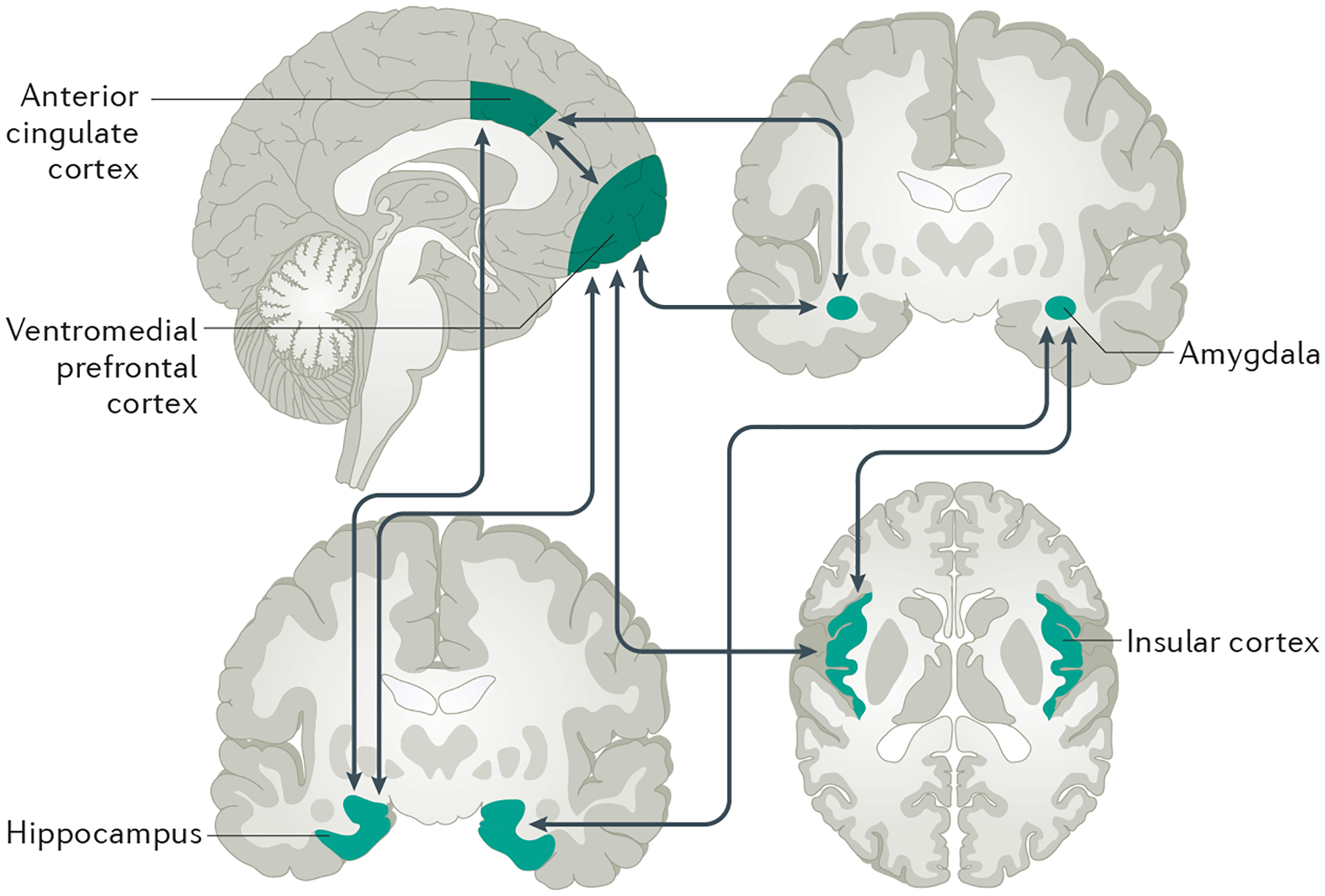Figure 3 |. Key brain regions involved in the generation and regulation of emotions and threat detection.

In this model, amygdala-driven fear and anxiety are regulated through bidirectional connections to the ventromedial prefrontal cortex (vmPFC) and the anterior cingulate cortex (ACC), along with functional crosstalk between these regions and the hippocampus76,217,218. This model translates across species and fits well with observations in patients. For example, differences in the degree and coordination of amygdala, vmPFC and hippocampus activity correlate with how well mice, rats or humans can suppress anxiety, extinguish fear and avoid cognitive bias to potential threat217,219,220. Notably, consistent with the crucial contribution of the amygdala to the formation and expression of conditioned fear memories in rodents217,219,220, amygdala hyperactivation along with diminished vmPFC activity to threat cues have repeatedly been found in patients, albeit mainly patients with post-traumatic stress disorder (PTSD)221 and with exceptions in certain symptomatically distinct populations222. In addition, functional connectivity between the amygdala, hippocampus and vmPFC, and the dorsal ACC and anterior insula is deficient in PTSD39,40,223,224. Interestingly, normalization of these disturbances parallels the symptom attenuation observed with cognitive–behavioural therapy in social anxiety disorder225,226.
